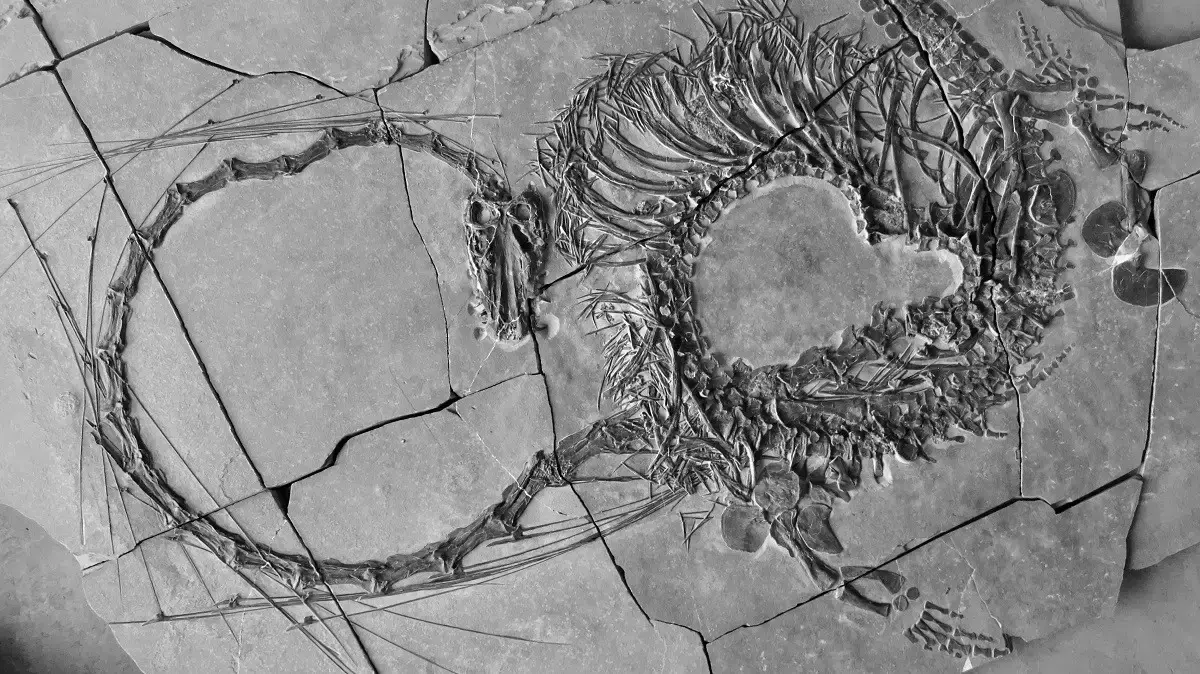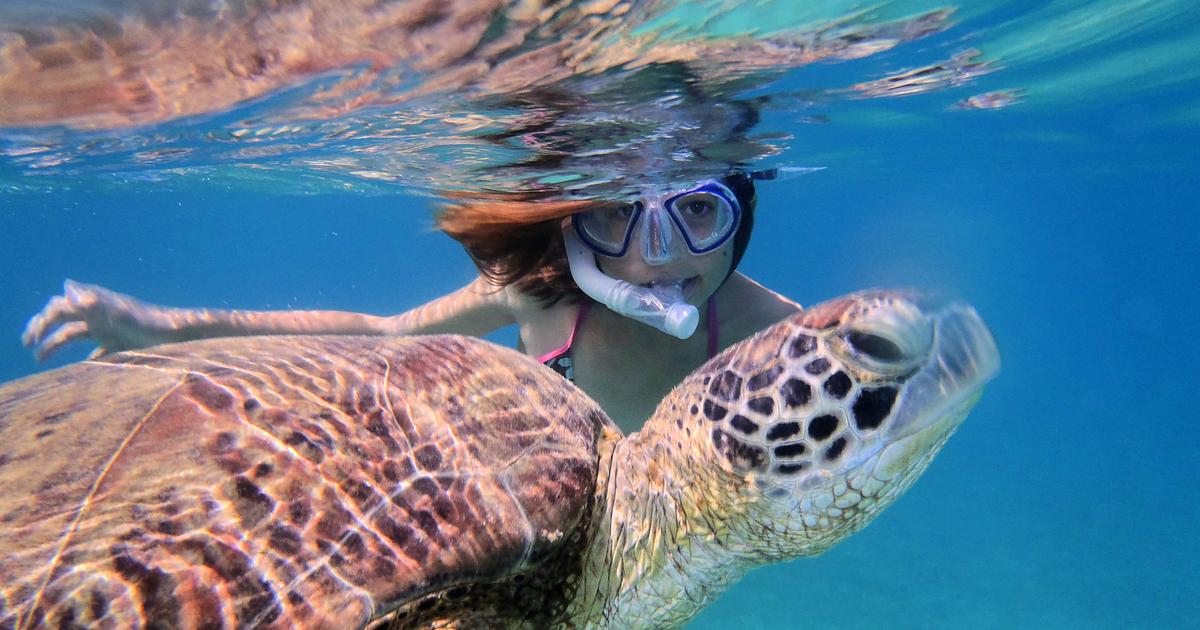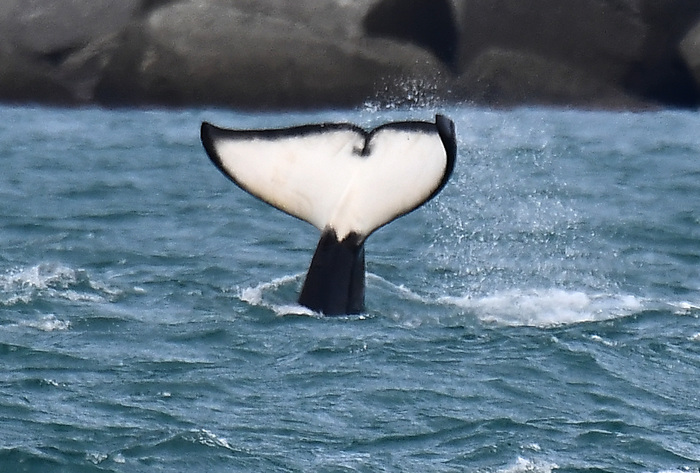The oldest reptile with a dorsal fin is Italian: it is an ichthyosaur that lived 240 million years ago and found near Varese in the Besano-Monte San Giorgio field, protected by UNESCO. The finding, which preserves fossilized skin and cartilage, was brought to light at the Natural History Museum in Milan and the appearance of the dorsal fin in marine reptiles back 50 million years, as shown by the study published with the University of Insubria in the journal Acta Palaeontologica Polonica.
The fossil, about one meter long, is an adult ichthyosaur belonging to the species Mixosaurus cornalianus. Lived before the dinosaurs, he had lizard-like terrestrial ancestors, from whom he inherited the four legs transforming them into swimming fins. "However, no one imagined that, not too long after entering the sea, he had also developed a dorsal fin, very similar to that of sharks and dolphins," says Cristiano Dal Sasso, paleontologist at the Museum of Natural History in Milan. The triangular fin served to prevent pitching and rolling of the body and therefore gave greater stability and efficiency to swimming. "Fossilization is truly exceptional - continues the expert - so much so that under the electron microscope you can see in 3D the individual collagen fibers that reinforced the dorsal and caudal fins, and even the dermal and epidermal layers: it was a reptile but had smooth, non-scaly skin ".
His discovery "anticipates the appearance of the dorsal fin in ichthyosaurs by almost 50 million years and indicates that these marine reptiles developed adaptations to swim efficiently well before the beginning of the Jurassic period," explains Silvio Renesto, professor of paleontology at the University of Insubria and first author of the study.
The researchers also found in the same layer of rock a second specimen of mixosaurus that preserved a section of the U-folded intestinal tube, fossilized with lots of folds of the visceral musculature and traces of the stomach with food remains: fish scales and fish hooks. calamari. These prey, fast in swimming and not easy to catch, confirm that this ichthyosaur was a skilled swimmer.















